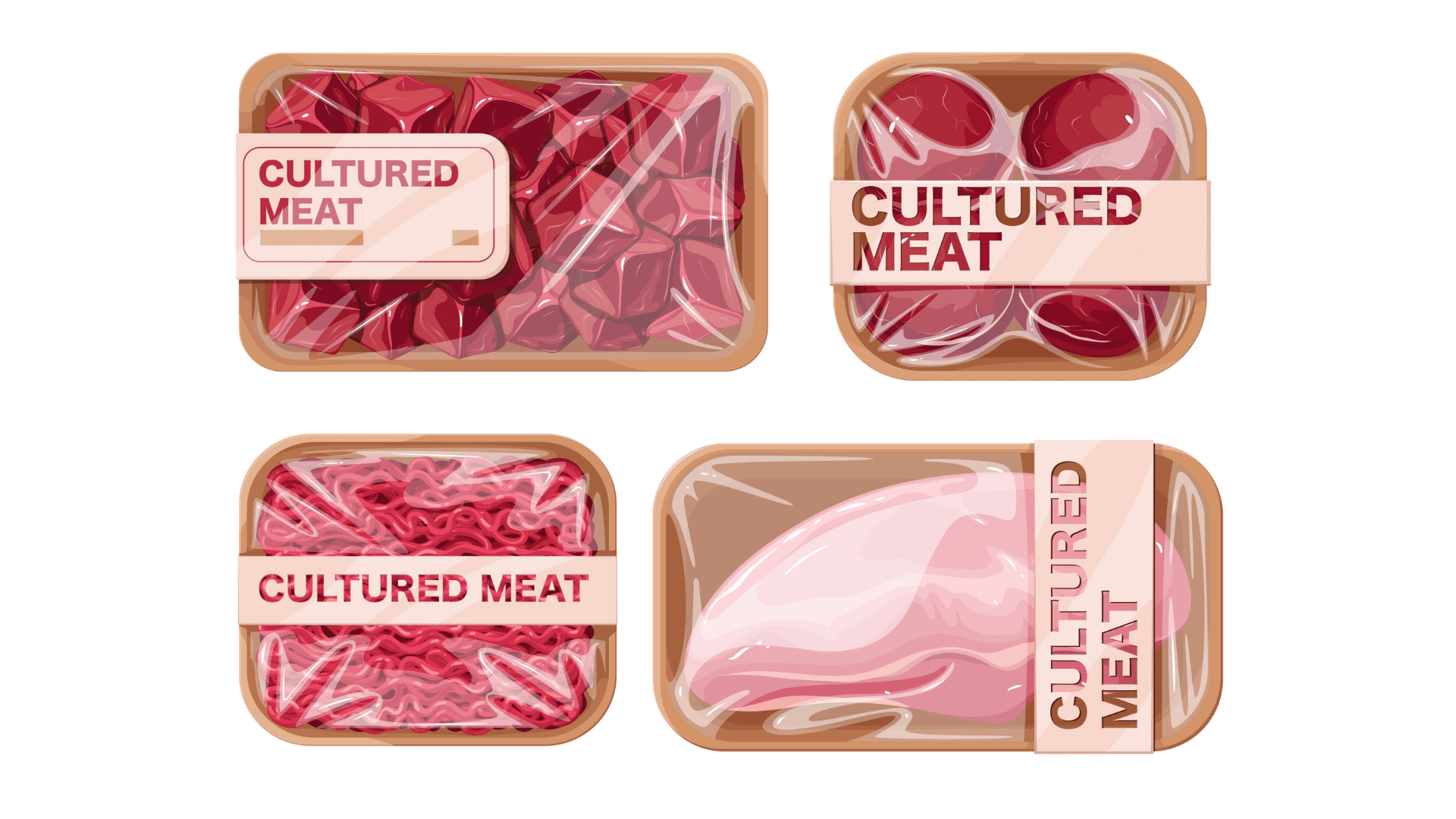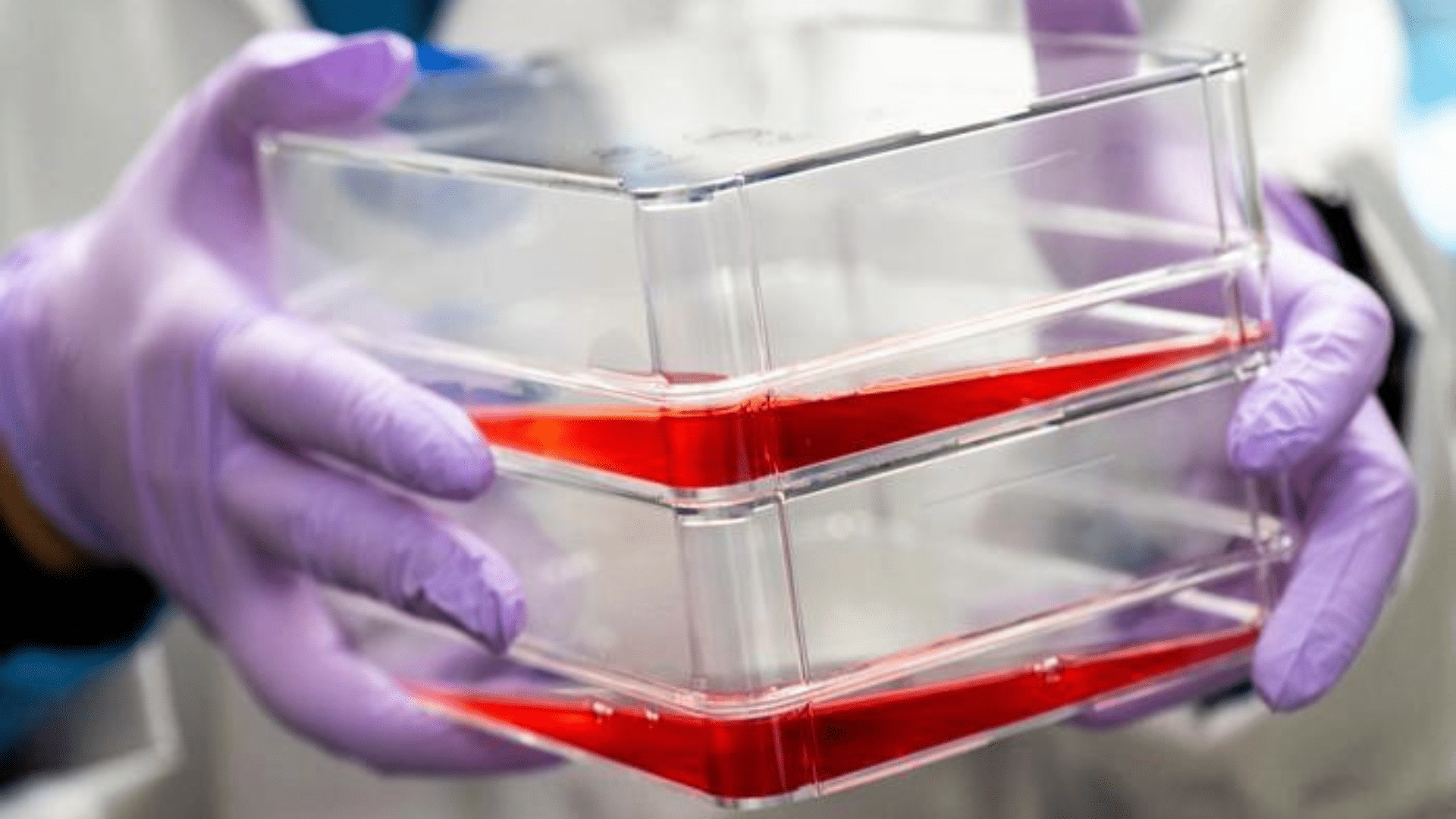Cultivated meat, also known as cultured meat, is genuine meat that is developed through animal cells, and producing it takes out the need to raise animals and use their meat for food. The animal cells that are used to make cultivated meat replicate the sensory and nutritional profiles of conventional meat.
One company is taking steps to ensure cultivated meat is a viable option for the food industry.
Cultivated Beef

Tufts University Center for Cellular Agriculture (TUCCA) is taking a big step in making sure cultivated meat becomes a viable option. Researchers are focusing on beef muscle cells, specifically the cells that produce their growth factors. These cells can cut the cost of production in lab-grown foods.
Growth factors send signals for the cell to grow by binding to receptors. Researchers from TUCCA modify stem cells so they can produce their own fibroblast growth factor (FGF). FGF triggers the growth of skeletal muscle cells. Skeletal muscle cells are commonly found in steaks or hamburgers.
Researchers in the study explain that FGF is not a nutrient. Lead researcher Andrew Stout said, “It’s more like an instruction for the cells to behave in a certain way.” He added, “What we did was engineer bovine muscle stem cells to produce these growth factors and turn on the signaling pathways themselves.” Essentially, the stem cells grow themselves.

Explore Tomorrow's World from your inbox
Get the latest science, technology, and sustainability content delivered to your inbox.
I understand that by providing my email address, I agree to receive emails from Tomorrow's World Today. I understand that I may opt out of receiving such communications at any time.
Before this, growth factors would be added to the surrounding liquid. Because of this, growth factors contribute to about 90% of production costs in the creation of cultivated meats. Not only that, growth factors are replenished every few days because they don’t last long in the surrounding liquid. This makes the production costs even higher.
Work to be Done
“While we significantly cut the cost of media, there is still some optimization that needs to be done to make it industry-ready,” said Stout. “We did see slower growth with the engineered cells, but I think we can overcome that.”
Stout and his team of researchers are looking at different strategies like changing the level and timing of expression of FGF. They say they do not want to add foreign genes to the cells but edit the ones that already exist. This is to see if they can improve the growth of muscle cells for meat production.
While this research is specifically for the cultivated beef industry Stout and the team of TUCCA researchers believe the process can be used in other types of meats, such as chicken, pork, or fish. Stout said, “All muscle cells and many other cell types typically rely on FGF to grow.” This study is intended to show promise for the future of the cultivated meat industry. They want to improve the texture, taste, and nutritional content of cultivated meat.







